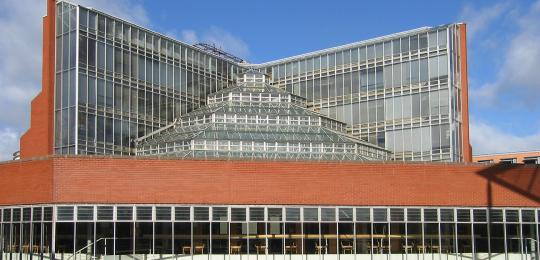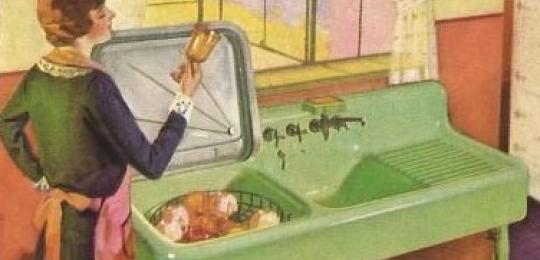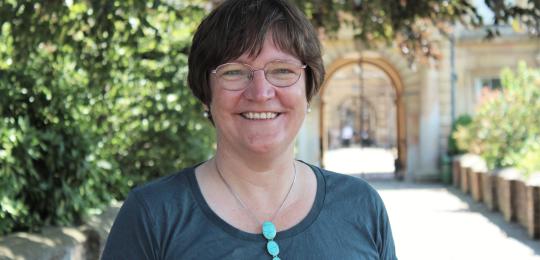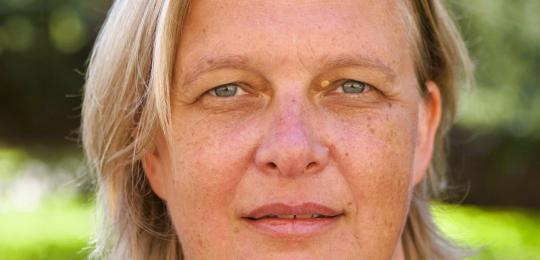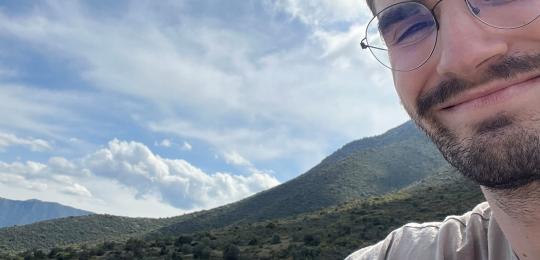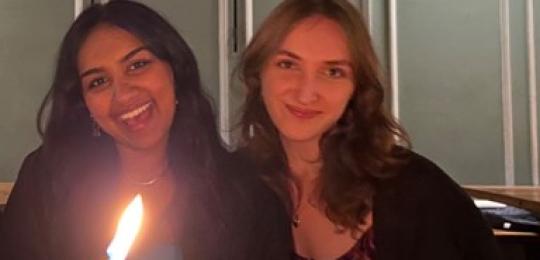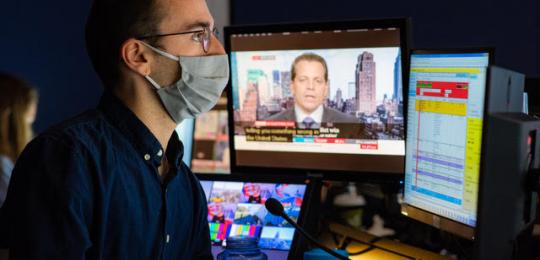Letter from the Chair
Professor Mary Laven
At Cambridge, we pride ourselves on offering ‘research-led teaching’, but what does that actually mean and how can we convey the experience of doing historical research to our undergraduates in the classroom? Our new Tripos has a research thread running through it, which we’ve called ‘the craft of history.’ In Part IA, our students follow a short course on sources. Whatever they choose to focus on (and the menu is extensive), they will start with the primary evidence: letters, memoirs, speeches, political treatises, literary texts, diplomatic records, images, films and much more. A compulsory ‘Research Project’ in Part IB now serves as preparation for the increasingly popular Part II dissertation. So there is scope at every stage of the degree to engage with the practical methodological questions of what sources do and don’t tell us.
I’ve been reading with great enjoyment Ulinka Rublack’s wonderful new book, Dürer's Lost Masterpiece: Art and Society at the Dawn of a Global World, featured in this newsletter. There is nothing boring about her sources, which include the dazzlingly original works of Dürer himself, but there is certainly much that requires expert unpacking and challenging interpretation. I notice that Ulinka thanks her Special Subject students for joining her on her journey, for their ‘stimulating discussions,’ ‘astonishingly original essays,’ and their excitement in ‘remaking’ historical artefacts - a new kind of historical research practice, as well as a new kind of pedagogy. This reciprocity is key to the way we study History at Cambridge.

